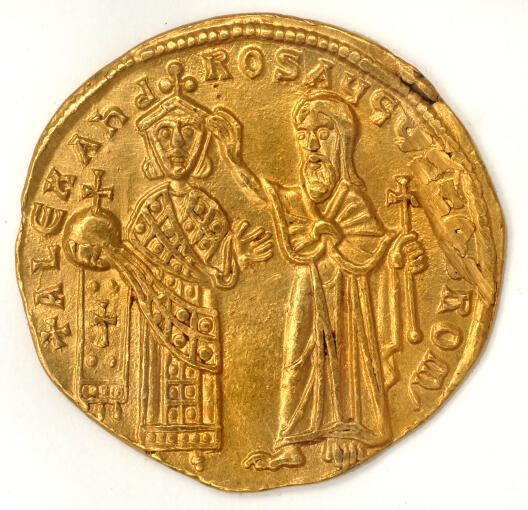(B2-8) Moses and David: Ambiguous Prototypes for Patriarch and Emperor in Byzantium

Not only in public did patriarch and emperor act with and against each other, the relationship also found expression on other levels. The image of the ideal emperor and imperial propaganda have been grasped by both pictorial and written evidence, and have in part also been studied with the help of it. The image and the medial figuration of the patriarch, on the other hand, have been treated with neglect as there are next to no graphical representations and as written sources largely have to be relied on. The public appearance of the church leader, unlike that of the emperor, has not been dealt with independently either.
Over the centuries, however, a patriarchal ideal has developed which culminates and becomes clearly comprehensible in the 12th century in a rich patriarch panegyric. A rivalry with the imperial eulogia can be observed here which, in turn, reveals the positions of the two powers in the political system. Both institutions appear a little philanthropic, although this ideal finds different expression: the emperor donates material items while the patriarch cares for the spiritual health.
In typologising, characters of the Old and New Testament are drawn on both in the secular and in the spiritual milieu. The ambiguity of the biblical protagonists, particularly David and Moses, allows them to be used in both areas – this process can already be seen in Late Antiquity but it has not yet been systematically studied for the Middle Byzantine period. Ever since the time of the church fathers has John Prodromos been seen as the model of an ideal bishop. Ambiguity (amphoteroglossia) is a characteristic of Byzantine rhetorical literature and is also comprehensible here.
Stages of the project:
- As a balanced comparison is only possible on the basis of written records, historiographical, hagiographical and other rhetorical works will be analysed and unpublished sources made accessible.
- Investigation of the changing and flexibility of motifs and typologies of Old Testament characters in panegyrics and eulogies, and analysis of imperial and patriarchal reservations.
- Ideas of the ideal patriarch as a counterpart to the emperor – what is the quality of a church leader compared to an emperor?
- Even if the ambiguity of the leading Old Testament figures opens up leeway in rhetorical composition, the Byzantine political/ideological system is understood as an entity.
The Project is part of coordinated project group Figurations of the religious and the political.

